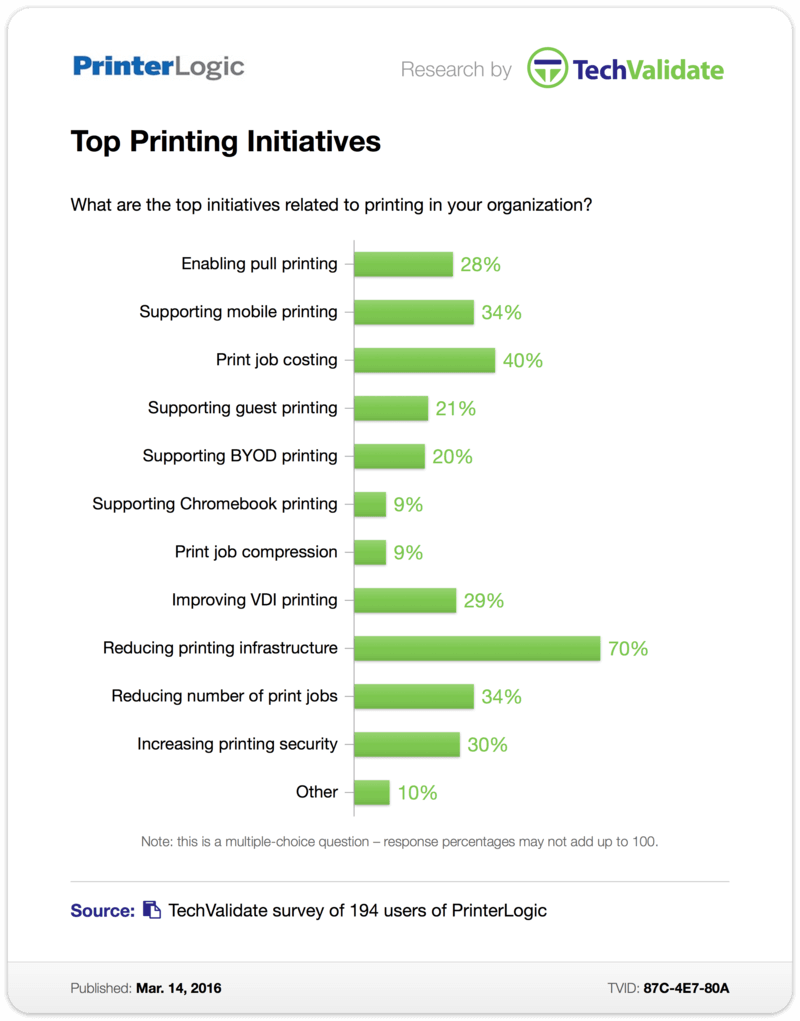Remote desktop printing (RDP) seems to go hand in hand with something you might jokingly refer to as RDT: Remote Desktop Troubleshooting. That’s because the scale of RDP printing problems that arise on a regular basis is monumental. While RDP printing should be straightforward enough in theory, the truth is that most real-world scenarios are more complex than remote desktop printing seems to be designed for.
To be fair, Windows Server 2008 did introduce some small improvements to RDP printing in the form of Terminal Services Easy Print. This iteration of Easy Print overcame the need for the correct print driver to be installed on the local client and on the Terminal Server, allowing end users to configure printing preferences locally and their desktop printer driver to be used for print jobs.
However, as an indication of just how much was still left to be desired when it came to RDP printing, Windows Server 2008 R2 then refined Easy Print further, dropping the .NET framework requirements for newer clients (but not older ones, unfortunately) and improving the conversion process that was essential to printing.
But even after those changes, fundamental RDP printing problems persist and Easy Print remains anything but. Some of the ongoing problems include:
- Remote desktop printer redirection failures
- Poor print performance and poor bandwidth usage
- Complex network printer management
- Driver incompatibility issues
- Local printers not appearing in the RD client
- Stuck printer queues
Each of these RDP printing problems would seem to call for a discrete standalone solution, but that’s not the case. PrinterLogic can address all of them in one fell swoop.
By implementing PrinterLogic as your print management solution in any RDP printing scenario (including hybrid Mac/PC and 32-/64-bit environments), you get far more reliable and flexible enterprise printing without the customary remote desktop printer headaches. PrinterLogic’s acclaimed centralized administration allows you to easily create, manage and delete printers across the enterprise and assign them to workstations from a single intuitive web-based interface. And it’s not reliant on group policy objects (GPOs) or scripts, which avoids the usual hassles with unpredictable deployment and installation.
That effortless, precise management extends to drivers as well, meaning that you never have to worry about the driver compatibility that lies at the heart of so many RDP printing problems. If you’d rather circumvent drivers completely, that’s no problem either. PrinterLogic allows you to choose between universal or native drivers—or even a mix thereof—for all platforms, so each RDP printing client can have the right balance of functionality and rock-solid stability. PrinterLogic also offers a self-service installation portal for your end users, enabling them to view, identify and install authorized printers themselves without having to call the service desk.
Those are just some of the many ways that PrinterLogic leverages the strengths of your existing print environment and integrates seamlessly with your RDP printing infrastructure for more efficient print management and ultra-dependable enterprise printing. You can continue to enjoy the benefits of RDP while saying goodbye to RDT.
